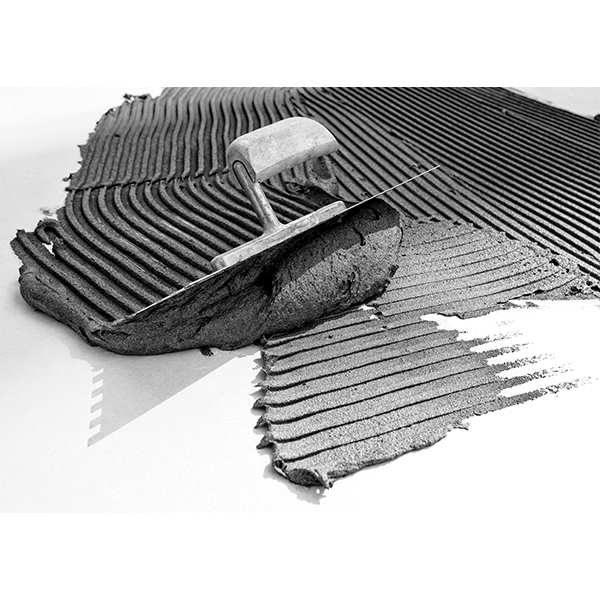The Role of Construction Adhesives in Modern Building Projects
In the ever-evolving world of construction, effective bonding solutions are crucial to the integrity and longevity of structures. Construction adhesives have emerged as a vital component in both residential and commercial projects, providing a versatile and innovative alternative to traditional fastening methods, such as nails and screws. With advancements in technology, modern construction adhesives have become more robust, offering improved performance characteristics that cater to a variety of materials and application requirements.
Understanding Construction Adhesives
Construction adhesives are specialized bonding agents designed to create a strong, durable bond between different types of materials. These adhesives can range from water-based options to polyurethane, epoxy, and silicone formulations, each offering unique properties suited to specific applications. The choice of adhesive often depends on the materials being bonded, environmental conditions, and the desired strength of the bond.
One of the remarkable features of construction adhesives is their ability to bond dissimilar materials. For instance, they can bond wood to metal, concrete to plastic, and many other combinations, making them indispensable in modern construction practices. This versatility not only simplifies the construction process but also enhances design options, allowing architects and builders to create innovative solutions that were once considered challenging or impossible.
Advantages of Construction Adhesives
1. Strength and Durability Many construction adhesives offer exceptional strength, often providing a bond that is stronger than the materials being joined. This characteristic is crucial in applications where structural integrity is paramount. For example, in load-bearing walls or floors, a strong adhesive can contribute significantly to the overall stability of the structure.
2. Flexibility and Impact Resistance Unlike traditional fasteners, which can become brittle over time, many modern adhesives maintain their flexibility. This flexibility helps absorb shocks and vibrations, making them ideal for applications in areas exposed to dynamic loads or environmental changes.
3. Ease of Application Construction adhesives generally allow for easier application compared to mechanical fastening methods. Users can apply adhesives using caulking guns or spray systems, which not only speeds up the process but also reduces labor costs. Additionally, many adhesives have quick-setting formulas, allowing for faster project completion.
4. Reduced Material Damage Adhesive bonding can minimize the risk of splitting or damaging materials, which is especially important when working with delicate or expensive materials. This aspect can lead to fewer material wastage and lower overall project costs.
construction adhesive

5. Weather Resistance Many construction adhesives boast excellent resistance to moisture and extreme temperatures, making them suitable for both indoor and outdoor applications. For exterior projects, adhesives that withstand UV exposure and water infiltration are particularly valuable.
Applications in Construction
The applications of construction adhesives span a wide array of projects. In residential construction, they are commonly used for flooring installations, cabinetry, trim, and molding. Their ability to provide a clean finish without visible fasteners is particularly appealing in high-end interior designs.
In commercial construction, adhesives play a pivotal role in installing large glass panels, cladding, and insulation materials. They are also frequently employed in the assembly of modular and pre-fabricated systems, where speed and efficiency are critical.
Furthermore, the automotive and aerospace industries leverage construction adhesives for structural bonding, showcasing the versatility and strength these products can offer beyond traditional construction.
Challenges and Considerations
Despite the numerous advantages, it is essential to carefully select the right adhesive for specific applications. Factors such as curing time, temperature tolerance, and compatibility with materials must be considered to ensure optimal performance. Additionally, adherence to safety guidelines and manufacturer recommendations is vital to achieve desired results and maintain safety on the construction site.
Conclusion
In conclusion, construction adhesives are a cornerstone in modern construction practices, offering versatility, strength, and efficiency. As technology continues to advance, the development of even more sophisticated adhesives will likely further revolutionize the industry. Embracing these innovative bonding solutions can lead to long-lasting structures that not only meet but exceed the expectations of designers, builders, and clients alike. As we move forward, the role of construction adhesives will undoubtedly grow, reflecting the ever-increasing complexities and demands of construction projects in the 21st century.
-
Rdp Powder: Key Considerations for Wholesalers in the Building Materials IndustryNewsJul.08,2025
-
Key Considerations for Wholesalers: Navigating the World of Hpmc - Based ProductsNewsJul.08,2025
-
Hpmc Detergent: Key Considerations for WholesalersNewsJul.08,2025
-
Key Considerations for Wholesalers: China Hpmc For Tile Adhesive, Coating Additives, Concrete Additives, and MoreNewsJul.08,2025
-
Crucial Considerations for Wholesalers: Navigating the World of Construction MaterialsNewsJul.08,2025
-
Key Considerations for Wholesalers Sourcing Additive For Cement, Additive For Concrete, Additive For Putty from Additive Manufacturer Shijiazhuang Gaocheng District Yongfeng Cellulose Co., Ltd.NewsJul.08,2025




